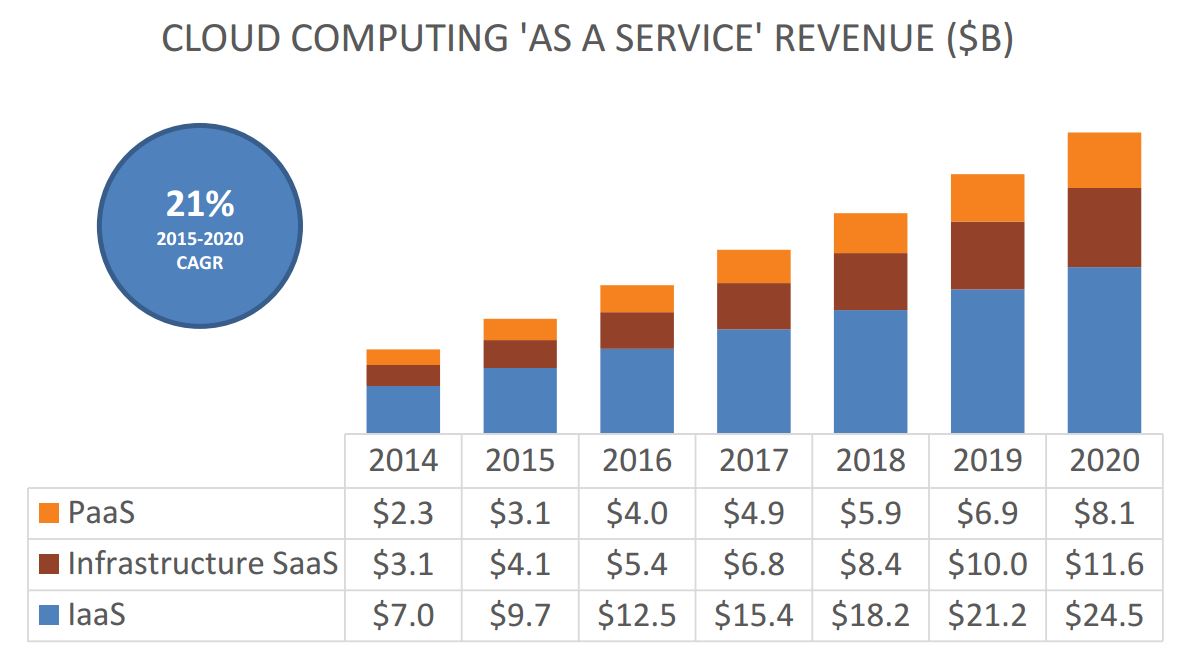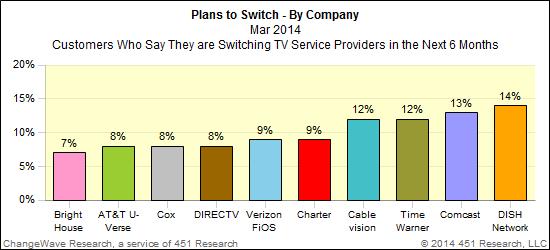Contact: Scott Denne
As Facebook opens its annual F8 developer conference today, it’s worth noting that while the company is clearly ascendant in mobile, it’s not dominant in digital media, where it is very much the challenger to Google. Facebook’s growth is impressive. Revenue spiked 44% to $18bn (80% of that in mobile) in 2015, a number it reported just after its 11th birthday: Google passed the $20bn mark in nine years and today is nearly quadruple that size. In the next phase of growth, where Facebook is positioning itself as a mobile media vendor, not just a social media vendor, Facebook faces a distinct set of challenges than Google was up against when it grew from its base in search to owning the Web.
Once Google sewed up the search market, it faced scant competition as it soaked up much of the digital advertising landscape and was the clear winner in the first phase of digital media. The same isn’t true of Facebook. It finds itself facing an incumbent in Google and its future lies in the outcome of a comparatively fluid media market. Now that it’s emerged as the dominant social media platform, the company is taking a subtler approach as it seeks to win the next phase of digital media. In addition to facing a strong incumbent, Facebook is saddled with higher expectations – its stock trades at 16x trailing revenue, while Google was valued between 5-6x at the same moment in its own history.
Facebook plans to own the next phase of digital media by offering measurement, metrics and distribution to enable advertisers and publishers to transition into mobile. The best indication of the difference in strategy is that while Facebook was widely expected to launch a media-buying platform along the lines of Google’s DoubleClick Bid Manager, its recent relaunch of Atlas instead focused on measurement and attribution. And most importantly, it focused on measurement of people and demographics, the lingua franca of today’s television business, not cookies and intent – the currency of display advertising. While Google made a mint dismantling the print media market, Facebook is pursuing a potentially more lucrative opportunity in capturing the shift of TV budgets to digital and hoping to do so wherever those dollars land – in-apps, in online videos, on its network or in any new format that could emerge from mobile.
Facebook’s bet is that once advertisers see that mobile works, more will shift to that medium and the company will be the largest beneficiary. It’s well positioned to do that. Nearly one billion people per month engage with the social network across multiple devices, making Facebook better positioned than anyone to link different devices into a common digital currency. The challenge in that strategy is that Facebook must not only be the dominant social network (to power its measurement capabilities), it must also remain the dominant mobile media provider – the money’s in selling the media, not the measurement.
That’s a more difficult and unpredictable path than the one it (or Google) faced in building out a browser-based business. Innovation and change is no longer limited to what can be done at a desk and on a PC. The mobile medium is still nascent. The next phase of digital media will play out across many types of devices (phones, TVs, watches and more to come), and many of those devices are part of consumers’ lives in a way that a TV set or PC never was. All of this makes the future of mobile media challenging to predict. Facebook’s need to own the unpredictable explains its wildly valued – though reasonable – purchases of Instagram, WhatsApp and Oculus VR and will be justification when the company bets on the next new media. Over the next two days, we’ll be watching to see what Facebook thinks that might be.
For more real-time information on tech M&A, follow us on Twitter @451TechMnA.


